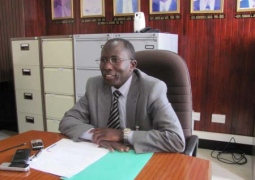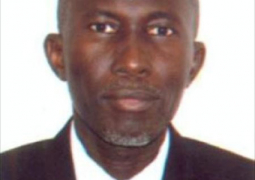According to the figures registered by the Press Emblem Campaign (PEC), at least 106 journalists had been killed during 2011 in 39 countries, that is, around every two weeks.
The revolutions of the Arab Spring resulted in at least 20 journalists killed.
Compared with 2010 (105 killed), the figure as of 18th December 2011 showed no improvement - while 2009 was a record year, largely owing to the massacre of 32 journalists in the Philippines in one day, for a total of 122 killed, 91 journalists were killed in 2008 and 115 in 2007.
PEC Secretary-General Blaise Lempen said that 2011 was a particularly dangerous year for media work, because of the coverage of the uprisings in many Arab countries. In addition to the killing of more than 20 journalists during the Arab Spring, more than 100 others were attacked, intimidated, arrested and wounded in countries of the region, including
For the second year in a row,
Again for the second year in a row,
Next come the
Two journalists died in
By region,
addition to the killing of journalists, threats and attacks against media and their representatives have increased. Press freedom is threatened in many Latin American
countries by government tactics to obtain control of information and to discredit, intimidate and prosecute journalists, all of which leads to self-censorship.
Asia (excluding the Middle East) is the second most dangerous region with 30 killed, then the Middle East and
In Africa (excluding North Africa) 9 journalists were killed, and in Europe 4 (3 in
One year after the beginning of the Arab Spring in
When young people express themselves through social media and internet and flood into the streets in peaceful demonstrations, they are faced with the brutal use of force.
One year later, the security apparatus is still using the tactics of the past, remarked Abdelnabi, and hunting down journalists.
As 2011 ends and 2012 starts, said Abdelnabi, impunity must disappear and the rule of law must take precedence over all current conflicting interests.
Women journalists in particular paid the highest price when attacked sexually both in
Owing to the gravity and intensity of the situation, the Geneva-based NGO with UN
consultative status issued 46 press statements and intervened 11 times during the Human Rights Council’s discussions this year.
Intentionally targeted
Two-thirds of the journalists killed were intentionally targeted, especially in
There are half a dozen cases worldwide where the causes leading to the death of journalists are still unclear, stressed PEC Secretary General Blaise Lempen.
Lempen added that 68 of the fallen journalists were killed in countries experiencing armed conflict, popular uprisings, repression, terrorism and crime. Others were killed in countries where peace prevailed.
Some progress
In view of this serious situation, the PEC warmly applauds the governments and international organizations for their growing awareness that the journalism profession faces growing dangers in totally novel situations.
A number of countries have launched initiatives for the protection of journalists, and a number of conferences have been organized to this effect, notably that of UNESCO in Paris in September, one in Vienna organized by the Austria government in November, and a forthcoming conference organized by Qatar and scheduled for January 2012 in
In the Amman - Dead Sea Forum organized by the Center for Defending Freedom of Journalists (CDFJ), a resounding call echoed throughout the forum for an Arab convention for the protection of journalists, which would draw on the current document circulated as the PEC’s December 2007 draft convention.



